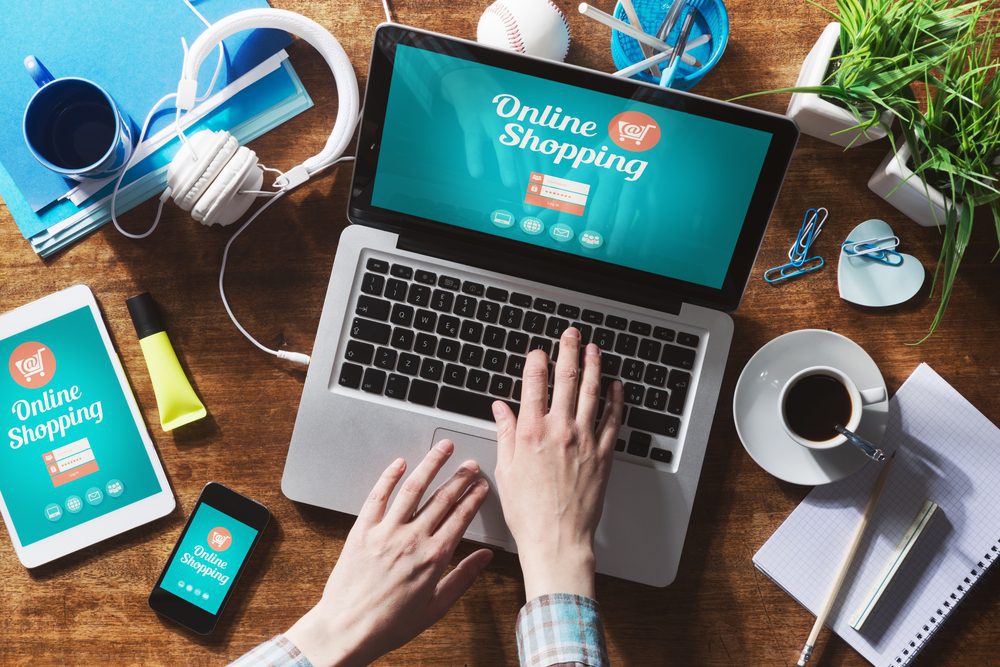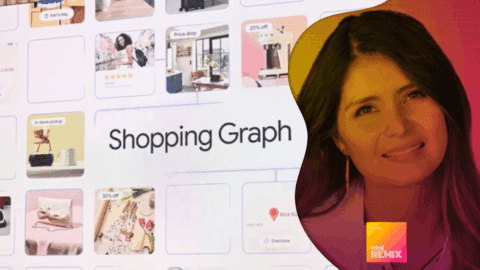Online shopping trips don’t always lead to a purchase, and only 17% of customers say buying something is their primary purpose when visiting a brand’s web site for the first time, according to the 2018 Reimagining Commerce study from Episerver.
“The majority of people come for something other than buying a product,” said Ed Kennedy, Director of Digital Commerce Strategy at Episerver in an interview with Retail TouchPoints. “They come to browse, look at prices and compare. There’s all these other journeys that, as retailers, we’ve sort of forgotten about.”
Even when consumers visit a web site with a product in mind, the purpose of their first click varies. Only half (50%) of shoppers immediately head for the product they want to purchase, while the other half start by browsing sections including:
- Sale items (19%);
- Shipping information (8%);
- Payment information (6%); and
- Featured product recommendations (5%).
The top reasons for abandoning a site before completing a purchase include weak product, store or brand information, which has dissuaded 95% of online shoppers from completing a purchase at some point. Other impediments that turned consumers away included expensive shipping (60%); being unable to find what they were looking for (54%); and price concerns (46%).
One important part of converting browsing into buying is on-site search optimization, according to Kennedy. Making it easy for a consumer to reach a product page on a retailer’s web site can significantly boost the conversion rate.
“There’s a very strong correlation between the total amount of traffic you have and the amount of traffic that gets to a product page,” said Kennedy. “If you’re a retailer with a large product assortment, search is going to be key. How you set up search and how you set up navigation is going to be a very critical part of the buying journey.”
The top “must-haves” for shoppers include: Easy-to-use product search functions; ample information about products and returns; and personalized recommendations. When those features are not available, 9% will abandon the site. And the abandonment rate rises significantly, to 42%, among shoppers who are online daily.
Accurate Information And Personalization Are Deal-Breakers
Four key types of information will make or break shoppers’ purchase decisions:
- Product specifications (63%);
- Customer reviews (55%);
- Images of products in use (41%); and
- Sales information such as store locations and hours (34%).
Personalization is another important element of successful shopper marketing, but it must be done right. As many as 22% of shoppers have received ads for products they would never purchase, while 16% have received similarly misguided product recommendations.
“We’re at the point where optimized product recommendations are standard across most e-Commerce web sites, so those automated product recommendations are usually where the problem comes in,” said Kennedy. “The algorithms are set up in a very rudimentary way, showing me what I recently viewed or what I recently purchased. Those are very basic algorithms that make a very poor customer experience.”
Retailers can avoid personalization-gone-wrong by tuning algorithms to better fit their shoppers’ specific needs. That may mean a longer timeline to prep for personalization: Episerver often tracks order data for several months before launching a recommendation engine for retailers.
Retailers Must Focus On Cross-Device Marketing
While 29% of shoppers browse on their smartphones daily, only 27% will complete a purchase during the mobile site visit. But, rather than focus on the mobile conversion rate alone, retailers should look closer at omnichannel shopper behavior.
“Most consumers buy across channels, so they start on mobile and they end on desktop, or they go from mobile to tablet,” said Kennedy. “A lot of retailers I’ve worked with get very myopic and worried about mobile conversion rate, and really, they need to look at multiple devices and the whole journey across devices.”
By looking at cross-device behavior retailers are able to deliver a more relevant and personalized experience. When consumers log in on both mobile and desktop, retailers can synch profiles across devices to deliver more relevant remarketing ads, promotions and product recommendations.
Online shopping trips don’t always lead to a purchase, and only 17% of customers say buying something is their primary purpose when visiting a brand’s web site for the first time, according to the 2018 Reimagining Commerce study from Episerver.
“The majority of people come for something other than buying a product,” said Ed Kennedy, Director of Digital Commerce Strategy at Episerver in an interview with Retail TouchPoints. “They come to browse, look at prices and compare. There’s all these other journeys that, as retailers, we’ve sort of forgotten about.”
Even when consumers visit a web site with a product in mind, the purpose of their first click varies. Only half (50%) of shoppers immediately head for the product they want to purchase, while the other half start by browsing sections including:
· Sale items (19%);
· Shipping information (8%);
· Payment information (6%); and
· Featured product recommendations (5%).
The top reasons for abandoning a site before completing a purchase include weak product, store or brand information, which has dissuaded 95% of online shoppers from completing a purchase at some point. Other impediments that turned consumers away included expensive shipping (60%); being unable to find what they were looking for (54%); and price concerns (46%).
One important part of converting browsing into buying is on-site search optimization, according to Kennedy. Making it easy for a consumer to reach a product page on a retailer’s web site can significantly boost the conversion rate.
“There’s a very strong correlation between the total amount of traffic you have and the amount of traffic that gets to a product page,” said Kennedy. “If you’re a retailer with a large product assortment, search is going to be key. How you set up search and how you set up navigation is going to be a very critical part of the buying journey.”
The top “must-haves” for shoppers include: Easy-to-use product search functions; ample information about products and returns; and personalized recommendations. When those features are not available, 9% will abandon the site. And the abandonment rate rises significantly, to 42%, among shoppers who are online daily.
Accurate Information And Personalization Are Deal-Breakers
Four key types of information will make or break shoppers’ purchase decisions:
· Product specifications (63%);
· Customer reviews (55%);
· Images of products in use (41%); and
· Sales information such as store locations and hours (34%).
Personalization is another important element of successful shopper marketing, but it must be done right. As many as 22% of shoppers have received ads for products they would never purchase, while 16% have received similarly misguided product recommendations.
“We’re at the point where optimized product recommendations are standard across most e-Commerce web sites, so those automated product recommendations are usually where the problem comes in,” said Kennedy. “The algorithms are set up in a very rudimentary way, showing me what I recently viewed or what I recently purchased. Those are very basic algorithms that make a very poor customer experience.”
Retailers can avoid personalization-gone-wrong by tuning algorithms to better fit their shoppers’ specific needs. That may mean a longer timeline to prep for personalization: Episerver often tracks order data for several months before launching a recommendation engine for retailers.
Retailers Must Focus On Cross-Device Marketing
While 29% of shoppers browse on their smartphones daily, only 27% will complete a purchase during the mobile site visit. But, rather than focus on the mobile conversion rate alone, retailers should look closer at omnichannel shopper behavior.
“Most consumers buy across channels, so they start on mobile and they end on desktop, or they go from mobile to tablet,” said Kennedy. “A lot of retailers I’ve worked with get very myopic and worried about mobile conversion rate, and really, they need to look at multiple devices and the whole journey across devices.”
By looking at cross-device behavior retailers are able to deliver a more relevant and personalized experience. When consumers log in on both mobile and desktop, retailers can synch profiles across devices to deliver more relevant remarketing ads, promotions and product recommendations.













